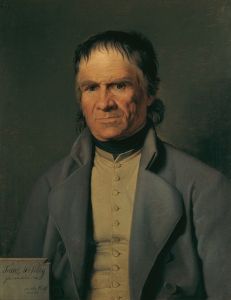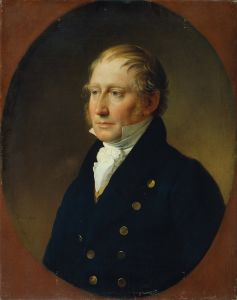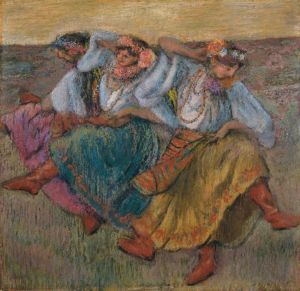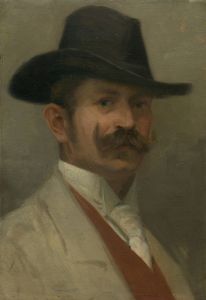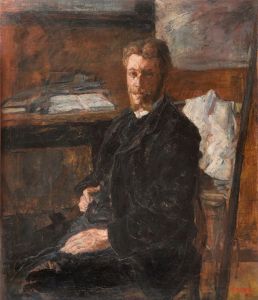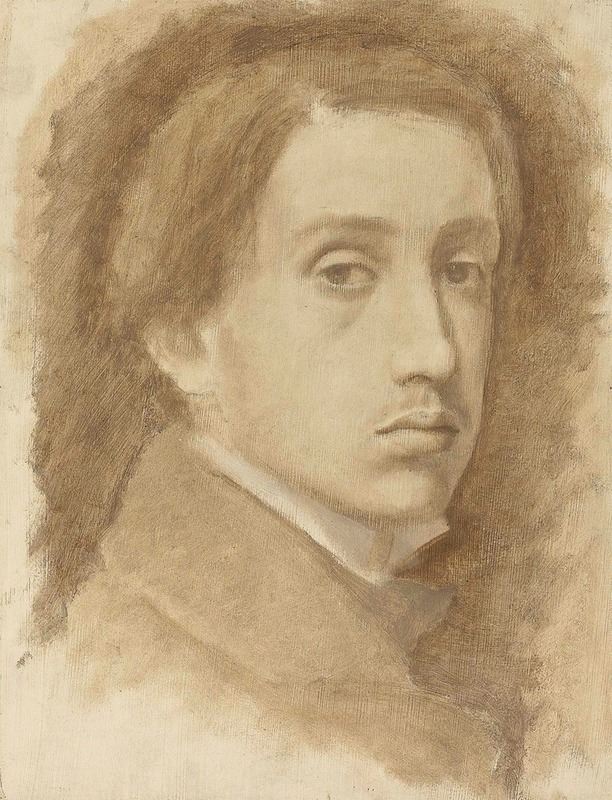
Autoportrait
A hand-painted replica of Edgar Degas’s masterpiece Autoportrait, meticulously crafted by professional artists to capture the true essence of the original. Each piece is created with museum-quality canvas and rare mineral pigments, carefully painted by experienced artists with delicate brushstrokes and rich, layered colors to perfectly recreate the texture of the original artwork. Unlike machine-printed reproductions, this hand-painted version brings the painting to life, infused with the artist’s emotions and skill in every stroke. Whether for personal collection or home decoration, it instantly elevates the artistic atmosphere of any space.
Edgar Degas, a prominent French artist associated with the Impressionist movement, is renowned for his innovative approach to painting, sculpture, and drawing. His work often captures the nuances of human movement and the intricacies of modern life in the 19th century. Among his extensive oeuvre, Degas created several self-portraits, which provide insight into his evolving artistic style and personal identity.
"Autoportrait" by Edgar Degas is one such self-portrait that reflects his early artistic endeavors. Painted in 1855, this self-portrait is an oil on canvas that showcases Degas's skill in capturing the human form and his interest in exploring his own image. At the time of its creation, Degas was still a young artist, studying at the École des Beaux-Arts in Paris and honing his craft through rigorous academic training and copying the works of old masters at the Louvre.
In "Autoportrait," Degas presents himself in a straightforward and unembellished manner. The portrait is characterized by its realistic depiction and attention to detail, hallmarks of the academic style that influenced Degas during his formative years. The painting reveals Degas's proficiency in handling light and shadow, as well as his ability to convey the texture of skin and fabric. His gaze is direct, engaging the viewer with a sense of introspection and self-awareness.
This self-portrait is significant not only as a representation of Degas's early work but also as a testament to his commitment to self-examination and artistic growth. Throughout his career, Degas would continue to explore self-portraiture, each time revealing different aspects of his personality and artistic evolution. His later self-portraits often exhibit a shift towards more impressionistic techniques, reflecting his departure from strict academic conventions.
Degas's "Autoportrait" is housed in the Musée d'Orsay in Paris, a museum renowned for its extensive collection of Impressionist and Post-Impressionist masterpieces. The painting is part of a broader collection of Degas's works that illustrate his diverse range of subjects, from ballet dancers and racehorses to intimate scenes of Parisian life.
In examining "Autoportrait," viewers gain a deeper understanding of Degas's early influences and the foundational skills that would later inform his more experimental and dynamic compositions. The self-portrait serves as a window into the artist's introspective nature and his lifelong dedication to capturing the essence of human experience through art.
Degas's contribution to the art world extends beyond his technical prowess; he is celebrated for his ability to convey emotion and movement, challenging traditional boundaries and paving the way for future generations of artists. "Autoportrait" stands as an enduring piece of art history, offering a glimpse into the mind of one of the most influential figures of the Impressionist era.





